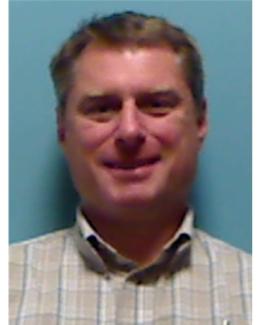Abstract
This effort describes how radio-frequency (RF) technology can be integrated into a uranium enrichment facility's nuclear materials accounting and control program to enhance uranium hexafluoride (UF6) cylinder tracking and thus provide benefits to both domestic and international safeguards. Approved industry-standard cylinders are used to handle and store UF6 feed, product, tails, and samples at uranium enrichment plants. In the international arena, the International Atomic Energy Agency (IAEA) relies on time-consuming manual cylinder inventory and tracking techniques to verify operator declarations and to detect potential diversion of UF6. Development of a reliable, automated, and tamper-resistant process for tracking and monitoring UF6 cylinders would greatly reduce the risk of false or misreported cylinder tare weights, diversion of nuclear material, concealment of excess production, utilization of undeclared cylinders, and misrepresentation of the cylinders contents.
This paper will describe a "proof-of concept" system that was designed show the feasibility of using RF based technologies to track individual UF6 cylinders throughout their entire life cycle, and thus ensure both increased domestic accountability of materials and a more effective and efficient method for application of IAEA international safeguards at the site level. The proposed system incorporates RF-based identification devices, which provide a mechanism for a reliable, automated, and tamper-resistant tracking network. We explore how securely attached RF tags can be integrated with other safeguards technologies to better detect diversion of cylinders. The tracking system could also provide a foundation for integration of other types of safeguards that would further enhance detection of undeclared activities.



